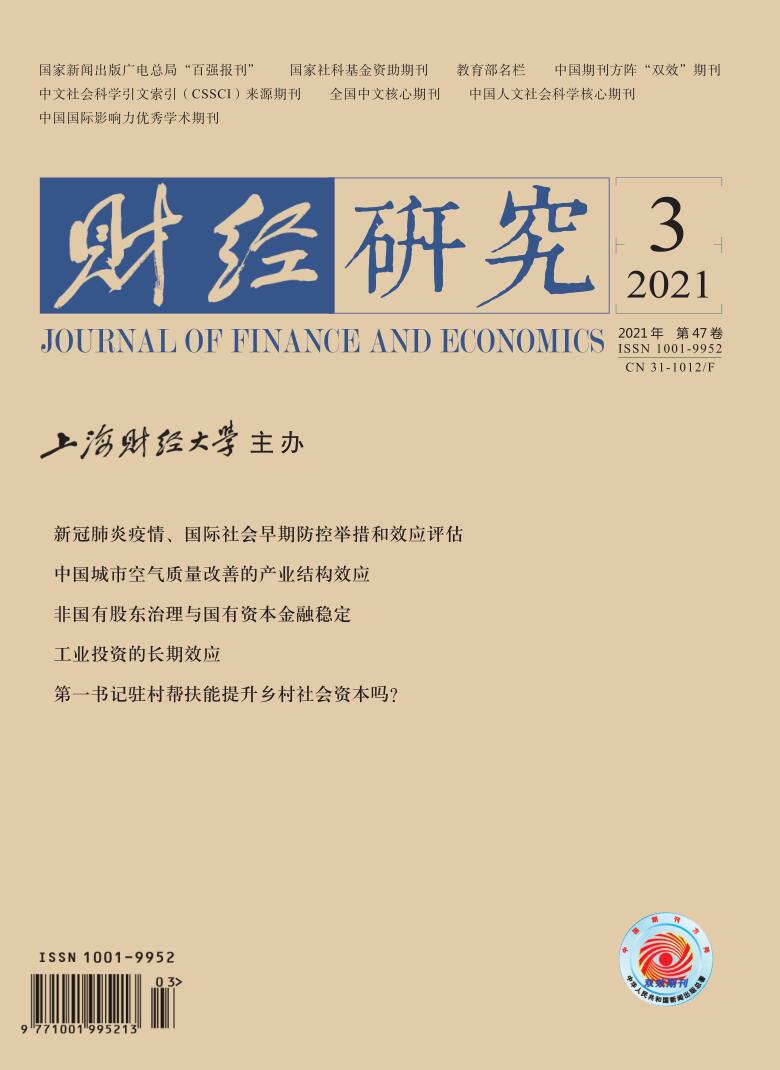Promoting the adjustment and optimization of industrial structure and promoting the transformation of traditional extensive production mode and consumption mode to green and low-carbon is an important embodiment of the concept of innovation and green development, and an important way to realize the work of “carbon emission peak, carbon neutralization”. Identifying the impact of industrial structure characteristics on environmental pollution and exploring how to effectively reduce the impact on the environment by industrial structure transformation and upgrading are an important basis for precise policy implementation and realizing the synergistic effect of industrial structure adjustment and environmental governance. In response to the inadequacy of previous studies in dealing with the endogenous problem between industrial structure and environmental pollution, based on the weekly air quality index(AQI)of prefecture-level cities in China during nearly three months around the Spring Festival in 2019 and 2020, this paper takes COVID-19-induced production shutdown as a natural experiment to study the impact of industrial structure on air quality and identify the major industries that cause air pollution with the generalized DID method. The study finds that: The impact on air quality mainly comes from the secondary industry. In the shutdown environment, the AQI decreases by 0.470% when the proportion of secondary industry in GDP increases by 1% compared with the same period of last year. The impact of the internal subdivisions of the secondary industry on air quality also presents great differences, among which the manufacturing industry has the greatest impact, and the influence coefficient of light industry in the manufacturing industry is higher than that of equipment manufacturing industry and energy chemical industry. The impact of mining and construction on air pollution is not significant. Life supply industry such as water, electricity, gas and so on shows no significant impact on air quality improvement as increased demand for living during the epidemic replaced reduced industrial demand for work. At the same time, this paper also finds that different industries have great differences in the path dependence on air quality, and the production process of the secondary industry has a relatively higher contribution to pollution. Within the manufacturing industry, light industry is relatively more affected by commuting factors, while energy and chemical industry is more affected by production process factors.
Based on the above conclusions, this paper puts forward some suggestions: First, from the perspective of industrial structure adjustment to achieve “carbon emission peak, carbon neutralization”, it is necessary to pay attention to the importance of the internal structure adjustment of the secondary industry, and strengthen the prevention and control of the manufacturing industry, especially light industry, energy and chemical industry, etc. Second, the adjustment of industrial structure and environmental governance need to vary from city to city, fully considering the economic development stages and geographical and climatic conditions. Third, while promoting the “return” of the manufacturing industry, especially the high-end manufacturing industry, we should always adhere to the concept of internal structure optimization, and keep the bottom line of high-quality development when balancing industrial development and environmental governance. This paper provides a practical basis for realizing the industrial structure adjustment of “carbon emission peak, carbon neutralization”.






 5109
5109  7359
7359

